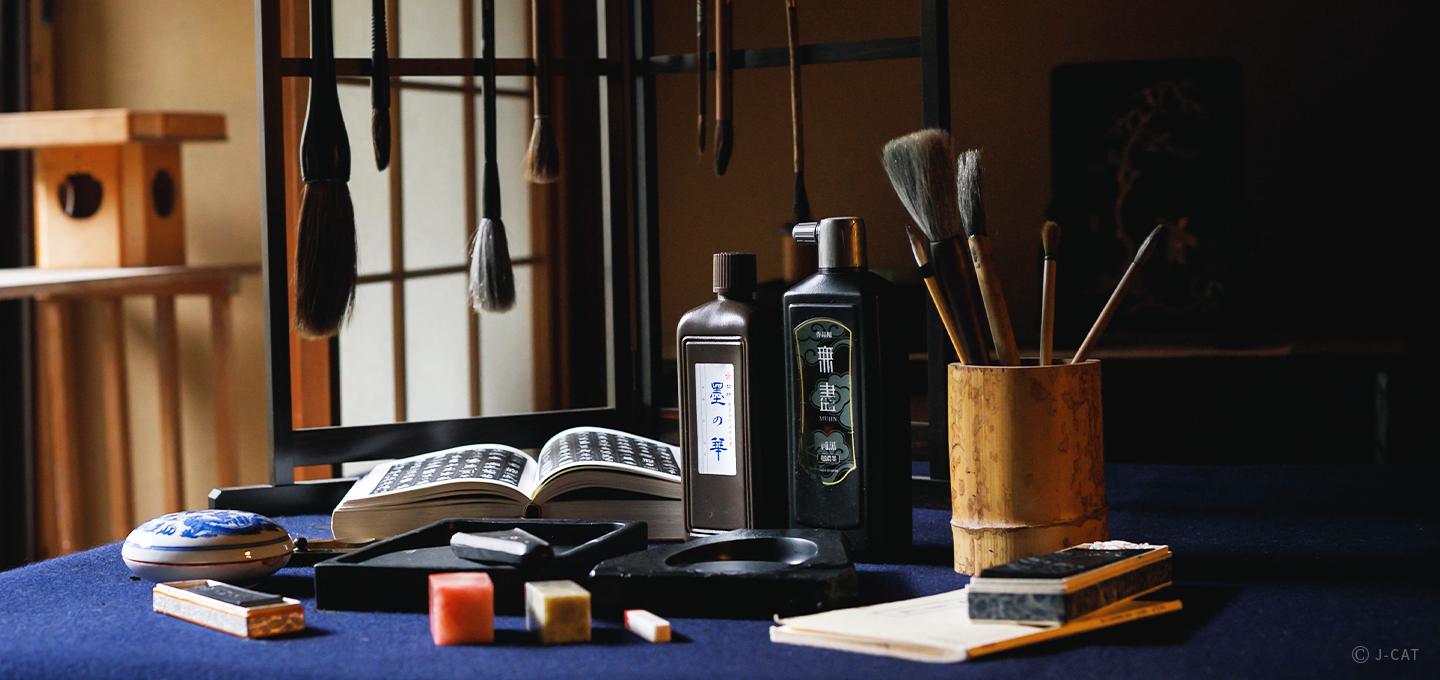
Special Experience
Kyoto
Hiragana Calligraphy Experience with Calligrapher Saori Kunihiro & Hyogu (Art Mounting) Workshop Tour in Kyoto
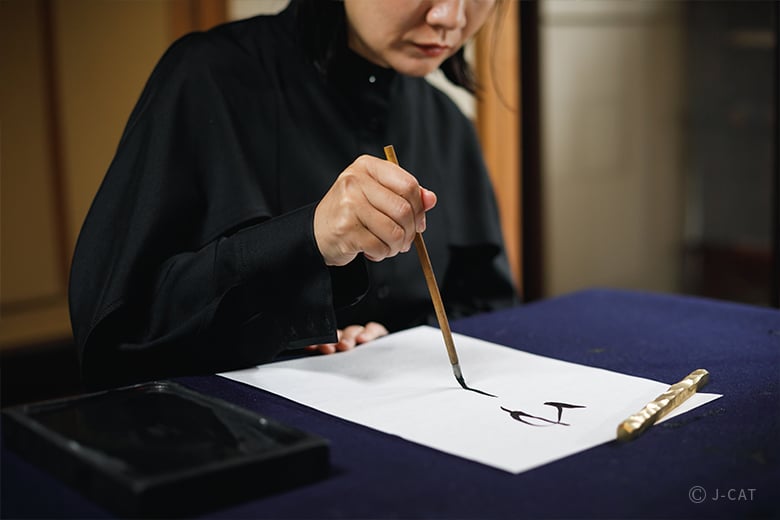
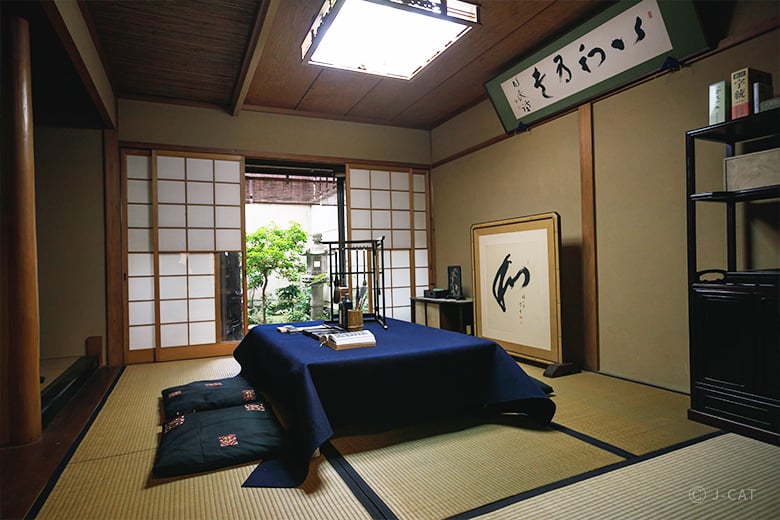
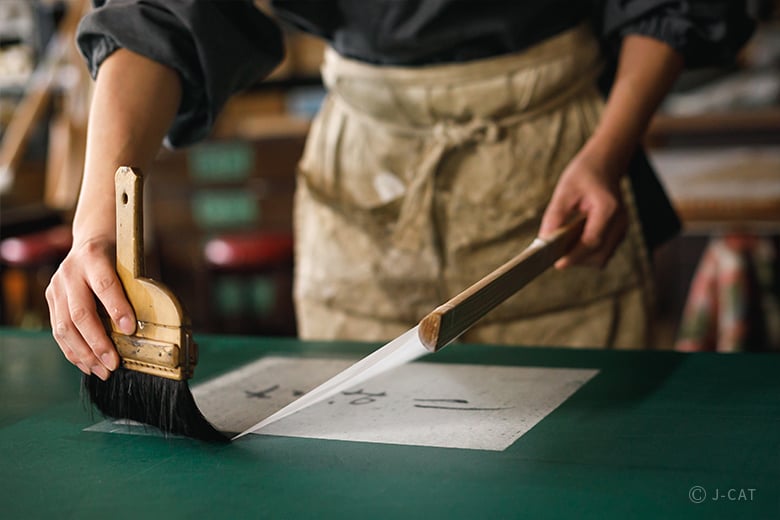
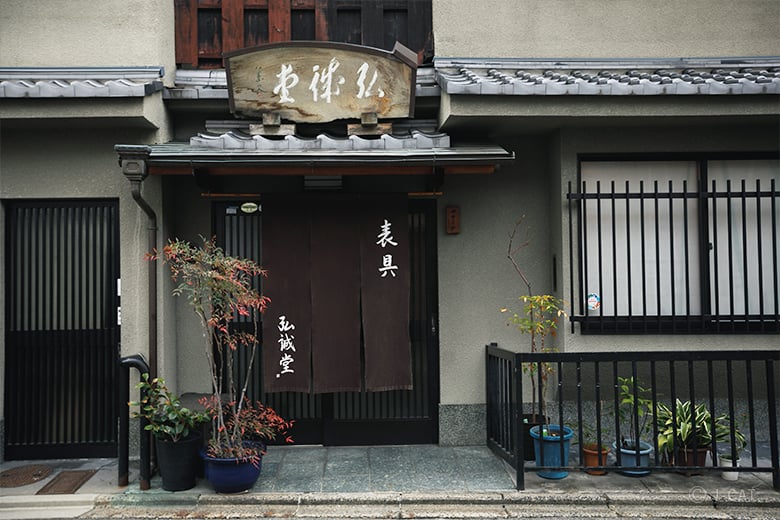
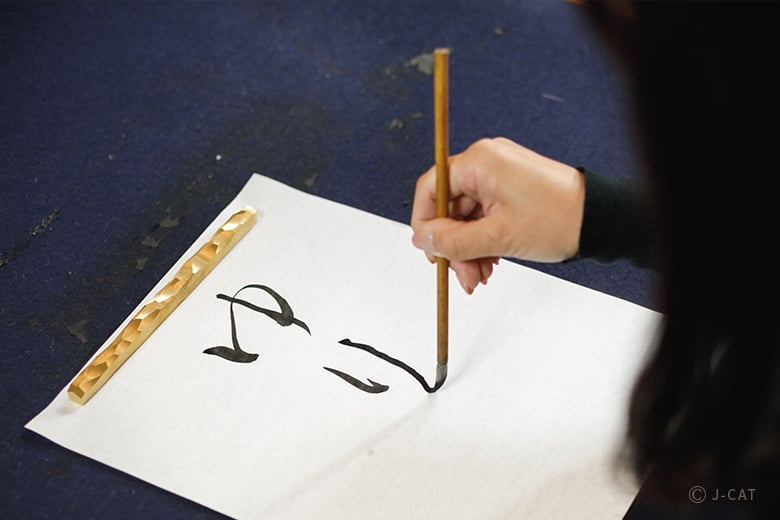
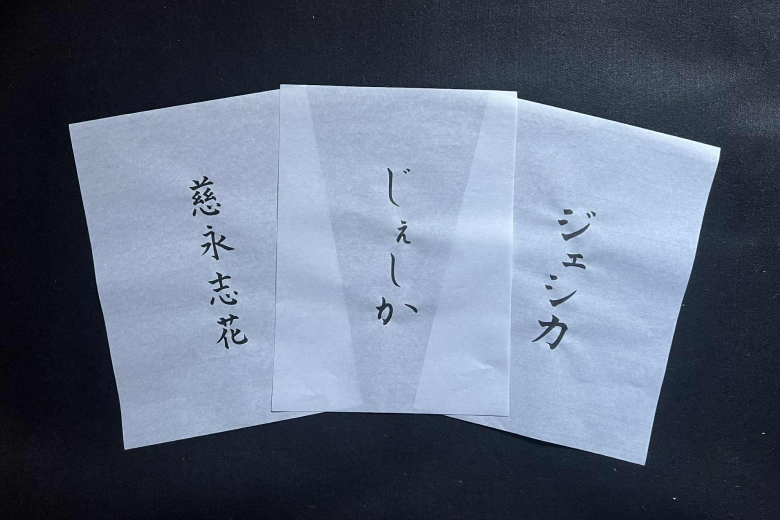
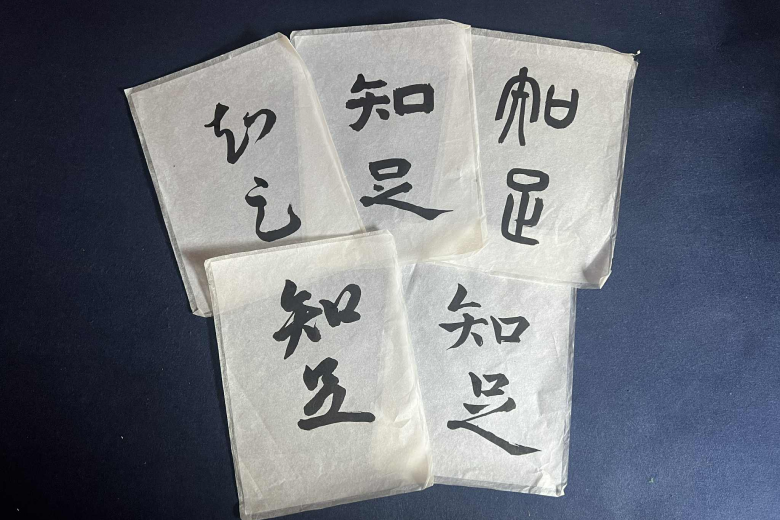
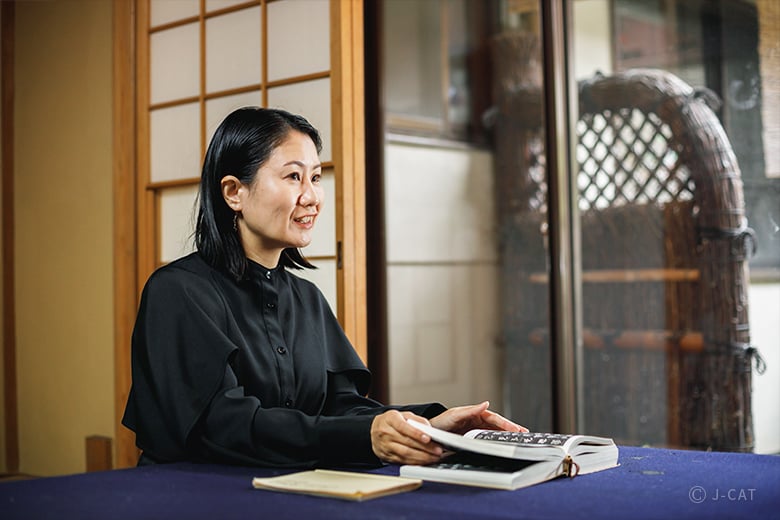
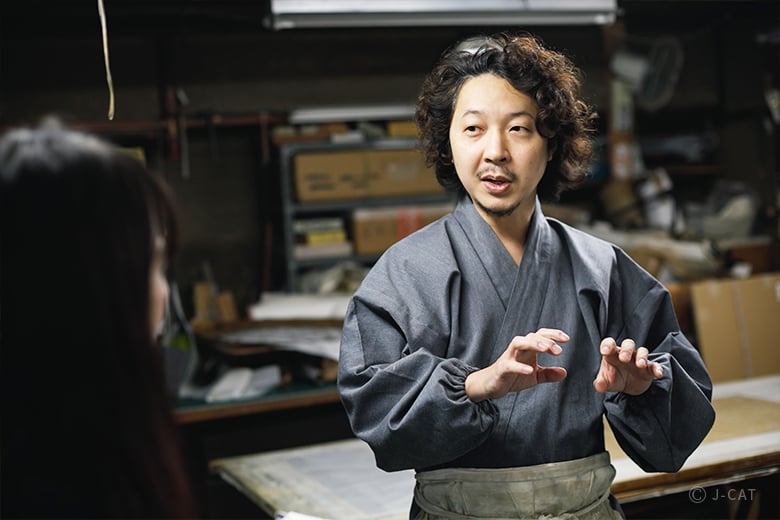
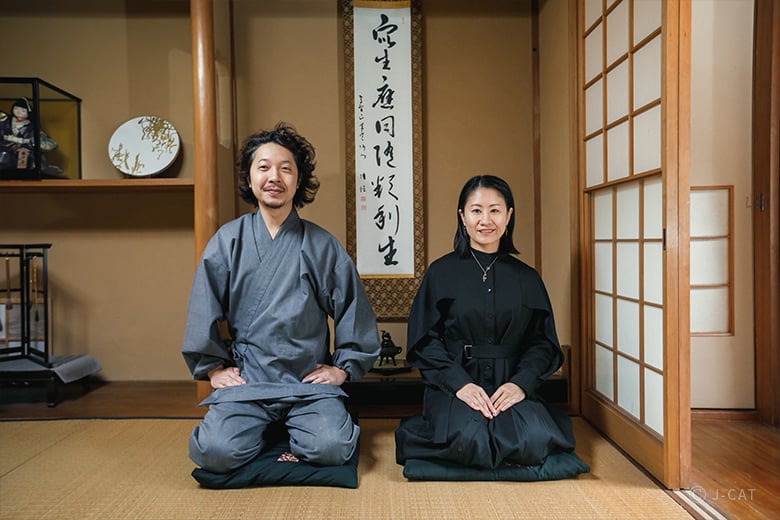
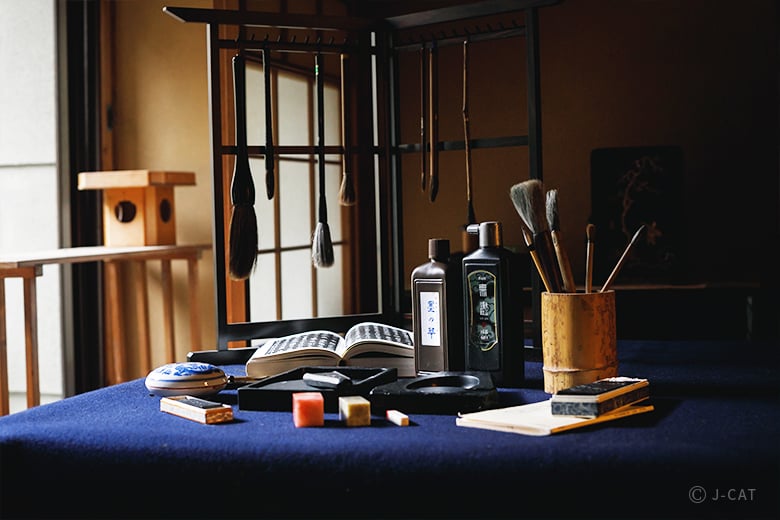
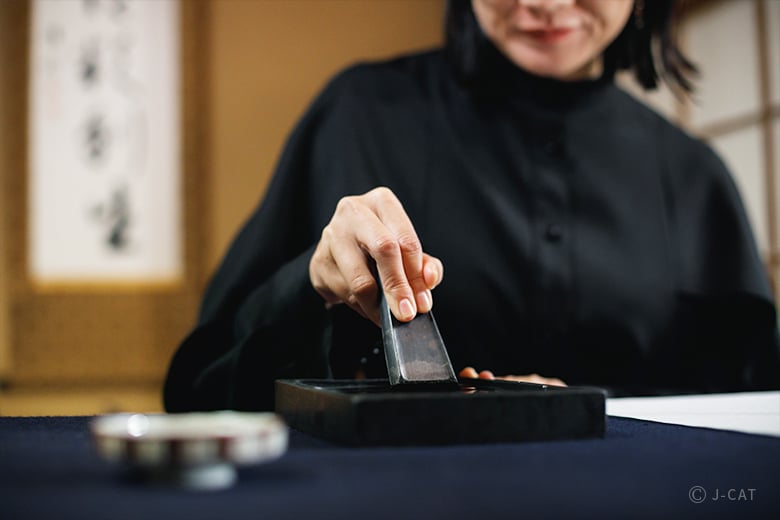
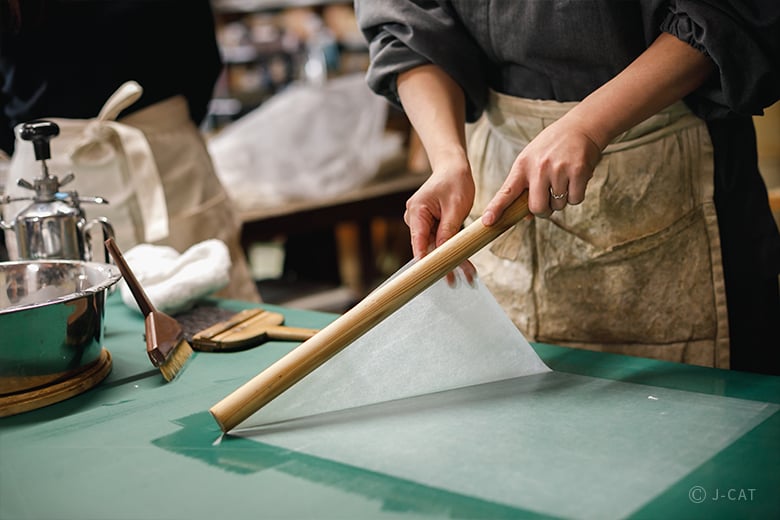
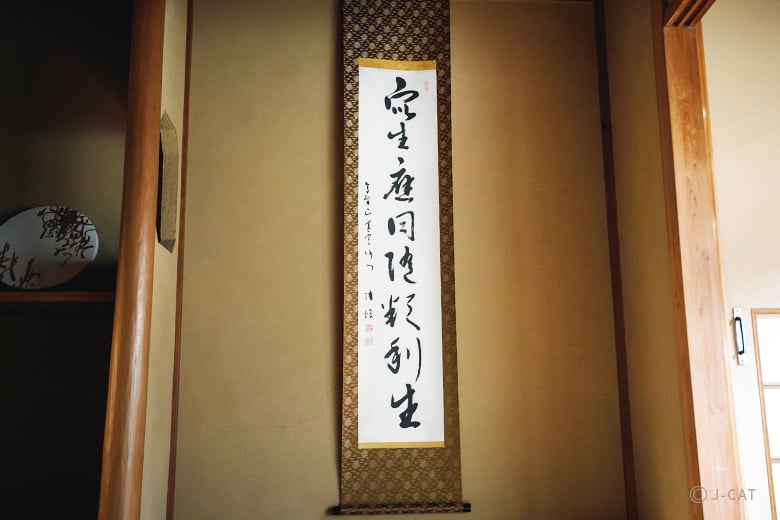
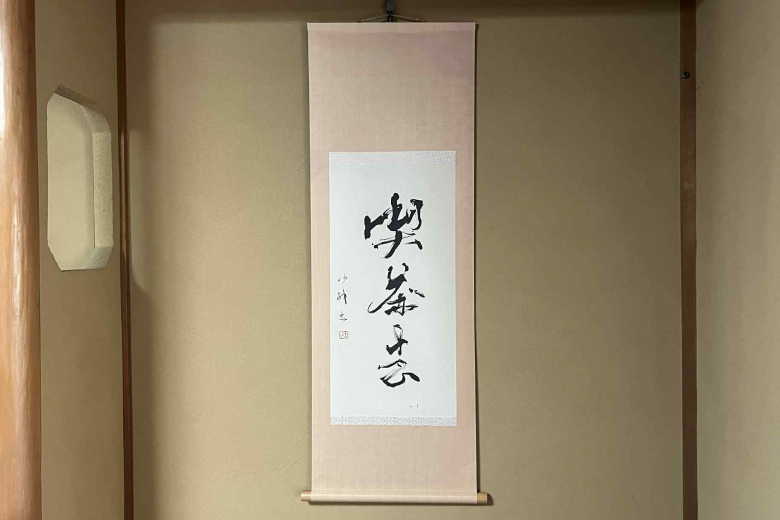















Overview
Learn to write hiragana characters in calligraphy from Saori Kunihiro, a Kyoto-based calligrapher and contemporary artist whose works have been featured at renowned temples and shrines. Trace the history of hiragana, and, using Ms. Kunihiro's calligraphy as reference, try writing your name in hiragana. The venue for this experience is Kyo-hyogu Koseido, a workshop specializing in hyogu, the craft of mounting artworks. After the calligraphy experience, you will tour the workshop. Find out how hyogu plays a role in preserving calligraphy and paintings.
Key Features
・Familiarize yourself with Japanese calligraphy as you discover hiragana’s history and how to write your name in hiragana from calligrapher Saori Kunihiro
・A Wabunka-exclusive plan that includes a tour of the venue: a long-running Kyo-hyogu (art mounting) workshop known for its artisanship
・Two hyogu-related optional add-ons available: experience lining a piece of calligraphy, or have an artisan mount your calligraphy on a hanging scroll
(If there are more than 4 participants, the experience may be extended by up to 30 minutes.)
Kyoto
150mins
from ¥34,100 /person
1 - 8 participants
Available in English
Cancel free up to 4 days prior
Details
A Calligraphy Experience Led by a Distinguished Calligrapher and a Kyo-hyogu Workshop Tour
Serving as instructor for this experience is Saori Kunihiro, an acclaimed Kyoto-based calligrapher and contemporary artist. Her works have been presented as tribute to Kamigamo Shrine — a World Heritage Site — and featured at a solo exhibition at Komyoin, a sub-temple of the renowned Tofukuji Temple.

Saori Kunihiro has undertaken many artistic endeavors, including a joint art project between Kyoto and Paris
Ms. Kunihiro is also the designer and owner of "Hiragana", a line of hiragana-themed accessories. Through calligraphy and calligraphy-related art pieces, Ms. Kunihiro conveys the charms of Japanese culture for Japan and the world to see.

Earrings designed by Ms. Kunihiro featuring the word "ありがとう" (Thank you)

Contemporary art work by Ms. Kunihiro questioning the true nature of human beings through hiragana
The venue for this experience is Kyo-hyogu Koseido, a family business established in 1953. Ms. Kunihiro's husband, Kentaroh Tanaka, is the third-generation owner of Koseido, which specializes in hyogu — the craft of mounting art on fixtures such as hanging scrolls and folding screens.
The term "hyogu" encompasses not only these fixtures, but also the techniques involved in mounting art, such as reinforcing calligraphy and paintings with paper or cloth. Kyo-hyogu refers specifically to traditional techniques that were developed in Kyoto.

Kyo-hyogu Koseido’s workshop is housed in a traditional structure that’s over 70 years old
Koseido is involved in a diverse range of hyogu-related work, including the restoration and repair of cultural properties such as hanging scrolls, folding screens, sliding doors, and frames. With the aim of expanding its horizons beyond traditional crafts, Koseido also collaborates with overseas designers and artists.
Discover the History of Hiragana, One of Japan’s Writing Systems
First, Ms. Kunihiro will shed some light on the history of hiragana, one of Japan's unique writing systems. As she shows you a dictionary for reference, she will explain how hiragana came to be.
Derived from kanji characters, which made their way to Japan from China, hiragana is said to have originated in the Heian period (794-1185). Ms. Kunihiro describes hiragana as such: "There is beauty in its flowing strokes, and its graceful form is very Japanese."

Ms. Kunihiro will give you time to think of what kanji characters to use for the transliteration of your name
After tracing hiragana's origins, the calligraphy experience will begin. Using Ms. Kunihiro's writing as reference, try writing your name in hiragana or kanji. Everything you'll need for this experience will be prepared for you: paper, an inkstone, ink, and a brush — these essentials of calligraphy were referred to as the "Four Treasures of the Study" in ancient times.

All the materials and tools you'll need will be provided for a smooth calligraphy experience
Sumi — the ink used in Japanese calligraphy — is made from hardened soot. To produce liquid ink, you have to pour water on an inkstone and grind an ink stick on the stone, a process that will produce a distinctive scent. Rubbing down the ink stick requires concentration, so this activity will hone your senses and keep your mind sharp.
A Calligraphy Experience as a Time for Calm
Once you have enough ink, it's time to pick up your brush and start writing. According to Ms. Kunihiro, the key to calligraphy is being mindful of the strokes. Though you may not be able to write well on your first try, repeated practice will give you the hang of things, enabling you to relax and write naturally. "Don't worry about making mistakes; just write freely and enjoy the process," she says encouragingly.

While taking in the scent of sumi ink, focus on carefully writing each character
Being a quiet, reflective activity that requires you to focus on the moment, calligraphy is, in a sense, a mindfulness-like activity that will bring you peace of mind amid the hustle and bustle of daily life.
When you're done writing your name in hiragana or kanji, feel free to write other words if time permits. After the experience, Ms. Kunihiro will give you feedback on your calligraphy, so you will surely feel a sense of accomplishment and satisfaction once your work is done.
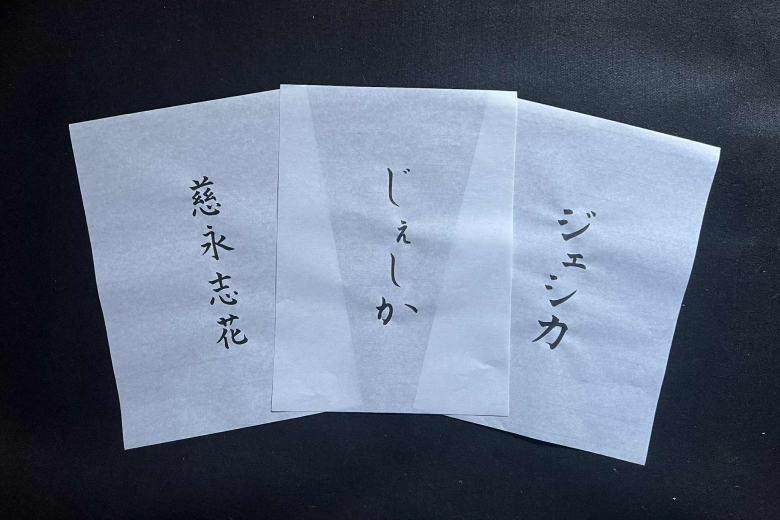
A single name can leave different impressions depending on how it is written: kanji (left), hiragana (center) or katakana (right)
An Up-Close Look at Kyo-hyogu, A Cultural Legacy from Kyoto
Following the calligraphy experience is a tour of Koseido's workshop. Ms. Kunihiro explains, "Antique books from over a thousand years ago owe their continued existence to hyogu artisans, who perform maintenance work on them every 50 to 100 years.'' Indeed, hyogu is a reflection of the desire to preserve heirlooms; it is an important tradition that should be passed down to future generations.

Hyogu artisan Kentaroh Tanaka, the third-generation head of Koseido
This experience gives you the opportunity to observe a hyogu artisan at work. Watching an expert like Mr. Tanaka, who is not just Koseido's current head but also a skilled hyogu artisan in his own right, masterfully set about will give you an idea of how traditional hyogu techniques have been perfected over several generations.
You can also deepen your appreciation of calligraphy and hyogu with the two available add-ons for this experience (optional; additional charges apply). One is an opportunity to try a basic hyogu technique: lining. You will line the calligraphy you have written to reinforce it, and take it home after the experience.

A look at the lining process: applying glue to washi paper, which will be attached to the back of an art piece
The other add-on involves writing a Zen expression through calligraphy, after which an artisan will mount your work on a hanging scroll, which will be sent to you approximately two months after your experience date. Choose from five Zen expressions, all of which have a deeper meaning beyond what the words literally stand for: 無 (“nothingness”), 知足 (“knowing contentment”), 喫茶去 (“have some tea”), 柳緑花紅 (“willows are green; flowers are red”), or 日日是好日 (“every day is a good day”).
Immerse Yourself in Japanese Culture Through Calligraphy
This experience is an opportunity to learn hiragana, one of Japan’s unique writing systems, from a distinguished calligrapher with accomplishments in Japan and overseas. Enjoy writing hiragana (or kanji) calligraphy under Ms. Kunihiro's guidance in a quiet space in the Kyo-hyogu shop Koseido, which you will tour after the calligraphy experience. Enhance your appreciation for Japanese craftsmanship as you look around Koseido's workshop and watch an artisan like Mr. Tanaka apply his extensive knowledge of traditional hyogu techniques.

A moment of contemplation as you devote your attention to each stroke
"In not only trying calligraphy itself, but also learning about hyogu fixtures and techniques, guests will get a comprehensive immersion in shodo, the art of Japanese calligraphy, through this experience," hopes Ms. Kunihiro. By calming your mind and focusing yourself, calligraphy is also a time for self-reflection. As time seems to come to a standstill while you write in peace, may you too find beauty and joy in hiragana, a Japanese cultural heritage from over 1,000 years ago.
Saori Kunihiro/Kyo-hyogu Koseido

Saori Kunihiro/Kyo-hyogu Koseido
Saori Kunihiro
Based in Kyoto, Saori Kunihiro is an accomplished calligrapher and contemporary artist who has dedicated her life to calligraphy. Her work has been presented as tribute to Kamigamo Shrine, and she has held a solo exhibition at Komyoin, a sub-temple of Tofukuji Temple. Enamored with the beauty of hiragana, she also established a hiragana-themed jewelry brand called Hiragana in 2015. Most recently, in 2021, she took part in Savoir-faire des Takumi, a collaborative project involving artisans in Kyoto and Paris.
Kyo-hyogu Koseido (3rd-Generation Head: Kentaroh Tanaka)
Now on its third generation, Kyo-hyogu Koseido is a family business specializing in hyogu, the craft of mounting artworks. Koseido is involved in the restoration and repair of fixtures such as hanging scrolls, folding screens, sliding doors, and frames, etc.
Yoshishige and Kentaroh Tanaka, Koseido's second- and third-generation heads respectively, are skilled artisans who have won the Kyoto Governor's Award and the Kyoto Mayor's Award at the Hyobiten Exhibition, which focuses on mounting and art.
Customer's Voice
We had an experience for life, thank you. We were warmly welcomed and had a nice introduction to the history and the different alphabets, plus saw the upper workstation as well with other works!
J.S. Denmark
The experience was really wonderful from start to finish, and also very thorough. Saori gave us a lot of great context and information before we started practicing, and helped out whenever necessary.
L.C. Italy
We loved everything about this experience Everything was great. The teacher was very personable and helpful, we loved seeing her and her husband work. It was all very special and unique.
Y.B. United States
Location
Koseido
Nakagyo Ward, Kyoto
Request for booking
Select first preferred date (JST)
January 2026
Sun
Mon
Tue
Wed
Thu
Fri
Sat

Instant Booking

Request Booking

17
Full

17
Unavailable
Kyoto
150mins
from ¥34,100 /person
1 - 8 participants
Available in English
Cancel free up to 4 days prior
Things to know
Contact Us
If you have any questions, please contact us using the form below.
We also accept bookings from corporate clients and travel agencies.